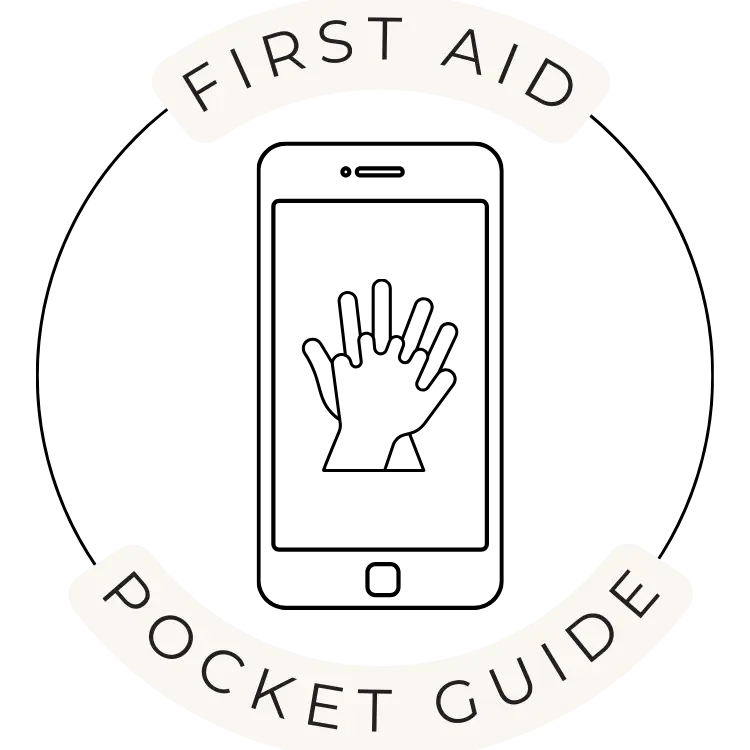How Often Should CPR Be Refreshed in Australia?
Crucial question.
How often should you refresh your CPR skills in Australia?
If you’ve ever wondered whether your knowledge is current—or if it’s been too long—you’re not alone. The truth is, first aid guidelines evolve. Skills fade. And in an emergency, seconds count.
Here’s the blunt answer:
You should refresh your CPR training every 12 months, in line with Australian first aid guidance.
But why? And what does “refreshing” actually mean? Keep reading. You’ll get all the facts—and feel empowered to keep your skills sharp.
Why Does CPR Need to Be Refreshed Regularly?
When it comes to first aid, knowledge isn’t a “set and forget” thing.

People forget Skills.
CPR involves steps—compressions, rescue breaths, DRSABCD—that may seem straightforward. But unpractised, even trained rescuers can slip or forget key details.
Guidelines Change.
Australia updates its first aid protocols based on new research. The Australian Resuscitation Council (ARC) reviews these periodically—sometimes every few years. Sticking to old methods can limit your effectiveness or even cause harm.
Confidence Deteriorates Over Time.
If you haven’t practised CPR in a year, your confidence drops. And panic during an emergency can make people freeze.
SS Jumping in with fresh skills keeps you prepared. It’s a life-saving habit.
How Often Does the Australian Resuscitation Council Recommend Refreshing CPR?
The simple answer?
Every 12 months.

The ARC’s guidelines specify that retraining or refresher courses should be completed annually.
Why?
- It ensures your skills are up-to-date.
- It keeps you familiar with any new first aid procedures or updates to the DRSABCD action plan.
- It boosts confidence to act quickly when needed.
Leaving it longer than a year?
You risk missing important updates, or losing muscle memory. That increases the chance of mistakes—and lowers the chance of saving a life.
What Does Refreshing CPR Involves?
Refreshing isn’t just about doing the same steps again.
It includes:

- Reviewing current guidelines released by the ARC.
- Practising chest compressions and rescue breaths.
- Updating your knowledge on the use of devices like AEDs.
- Relearning how to assess unconsciousness and responsiveness.
Most importantly, it’s a hands-on experience. Watching a video or reading a brochure isn’t enough in a real emergency.
Shortcut:
Attend a professional first aid course or a recognised CPR refresher session annually.
Many first aid providers in Australia offer quick, focused courses that fit into busy schedules—sometimes as short as an hour.
Why Is It Critical to Refresh CPR Skills?
Think about what’s at stake.
Every second without oxygen reduces survival chances.
Without regular refresher training:
- You might forget key life-saving steps.
- Your confidence drops.
- Your response may be delayed or incorrect.
And delay can cost lives.
Research shows that bystanders trained in CPR are more likely to act if their skills are current.
Plus, immediate CPR doubles or triples survival chances after cardiac arrest.
Common Fears or Mistakes About Refreshing CPR
“I forgot everything.”
That’s normal—training tends to fade.
But good news: refreshers are designed to rebuild that muscle memory quickly.
“I might do it wrong.”
Even if your technique isn’t perfect, performing strongly is better than doing nothing.
The key is to act.
“It’s too complicated to stay updated.”
Guidelines are simplified for a reason. They’re reviewed regularly, so keeping informed takes little effort.
Remember:
You’re not expected to be a hero every day. Just know the basics, and keep them fresh.
Tools and When to Call Emergency Services
When to use AEDs:
If someone is unresponsive and not breathing, call emergency services immediately—then deploy an AED if available.
For severe bleeding:
Pressure, bandage, and apply a tourniquet if needed.
Severe burns:
Cool with running water, seek emergency care if needed.
Refresher is not just for CPR:
It reinforces the entire first aid response—what to do first, next steps, and how to use equipment.
Remember:
Always call 000 in Australia for life-threatening emergencies before starting CPR.
Why Speed Matters in CPR
Every minute counts.
Survival drops by approximately 10% with each passing minute without oxygen.
In Australia, the chances of a successful resuscitation decrease sharply if help is delayed.
Practising your skills annually ensures you can act fast.
It’s about building muscle memory so you don’t hesitate during a real crisis.
Final Thoughts: How Often Should CPR Be Refreshed in Australia?
The straightforward answer:
Every 12 months, you should update or practise your CPR skills.
It might seem frequent, but that’s the standard for a good reason. Skills fade. Guidelines evolve. Your confidence wanes.
Staying current with your first aid training could make all the difference.
You don’t need to be perfect. You just need to be prepared.
Take Action Today
- Find a local first aid course.
- Book your refresher session once a year.
- Keep your knowledge up-to-date.
Because when an emergency strikes, your quick response saves lives.
You can do this.
We are FirstAidPocketGuide.com.
A free online resource.
Save our website. Save a life.

